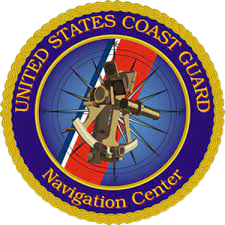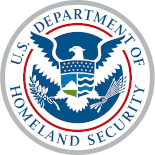|
This message will be variable in length, based on the amount of binary data. The length should vary between 1 and 5 slots. Since the data content of this binary message is defined by the application, Message 8 is an Application Specific Message (click on this link for a registry of recognized Application Specific Messages)
|
Parameter
|
Number of bits
|
Description
|
|
Message ID
|
6
|
Identifier for Message 8; always 8
|
|
Repeat indicator
|
2
|
Used by the repeater to indicate how many times a message has been repeated. 0-3; default = 0; 3 = do not repeat any more
|
|
Source ID
|
30
|
MMSI number of source station
|
|
Spare
|
2
|
Not used. Should be set to zero. Reserved for future use
|
|
Binary data
|
Maximum 968
|
Application identifier
|
16 bits
|
|
Bit
|
Description
|
|
15-6
|
Designated area code (DAC). This code is based on the maritime identification digits (MID). Exceptions are 0 (test) and 1 (international). Although the length is 10 bits, the DAC codes equal to or above 1 000 are reserved for future use
|
|
5-0
|
Function identifier (FI). The meaning should be determined by the authority which is responsible for the area given in the designated area code
|
|
|
Application data
|
Maximum 952 bits
|
Application specific data
|
|
Maximum number of bits
|
Maximum 1 008
|
Occupies up to 3 slots, or up to 5 slots when able to use FATDMA reservations.
For Class B “SO” mobile AIS stations the length of the message should not exceed 3 slots
For Class B “CS” mobile AIS stations should not transmit
|
The table below gives the number of binary data bytes (including application ID and application data), so that the whole message fits into a given number of slots. It is recommended that any application minimizes the use of slots by limiting the number of binary data bytes to the numbers given, if possible:
|
Number of slots
|
Maximum binary data bytes
|
|
1
|
12
|
|
2
|
40
|
|
3
|
68
|
|
4
|
96
|
|
5
|
121
|
(Source: Rec. ITU-R M.1371-5)
|

